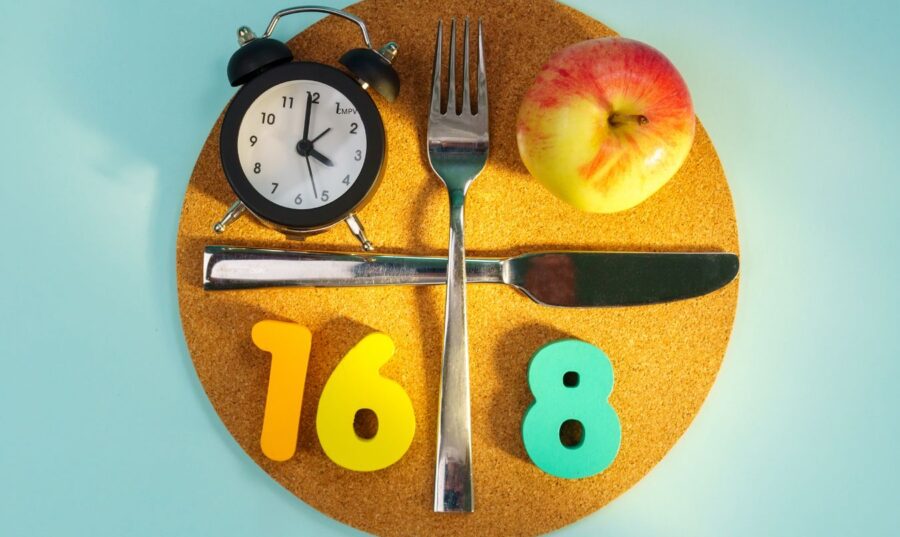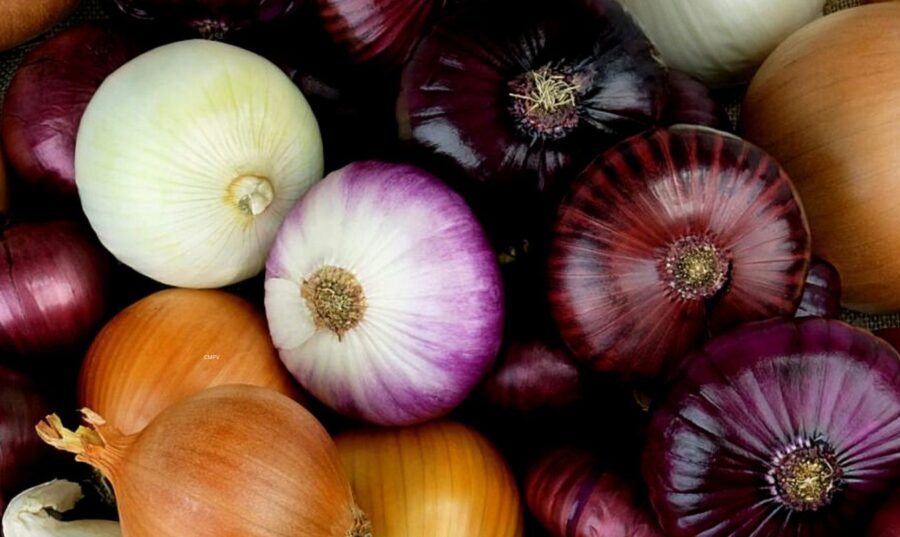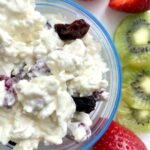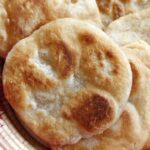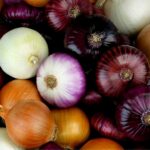|
Getting your Trinity Audio player ready...
|
Gout is a disorder of momentary and recurrent attacks of very painful arthritis and swollen joints that last one or two weeks and then disappear. It usually occurs on the big toe of one or both feet, on the ankles, knees, and feet. High levels of uric acid in the blood promote the deposit of monosodium urate crystals in the joints and tendons, causing Gout. urate deposits destroy the tissues of the joints, producing the chronic symptoms of Gout arthritis.
Gout is the most common form of inflammatory arthritis in men ages 30 to 50 and is often hereditary. The prevalence of this disease increases with age, with the presence of metabolic syndrome, hypertension and the use of certain diuretics such as Indapamide, Metolazone, Hydrochlorothiazide, Chlorothiazide, Chlorthalidone. Many people with Gout also have obesity. In this particular, although weight loss is a protective factor, ketosis associated with fasting and low-carbohydrate diets precipitates Gout attacks. Also, Gout is attributed to excessive consumption of:
- seafood: anchovies, sardines, caviar, herring, mussels, mackerel (mackerel) and you would see
- red meats, pork, bacon, cold cuts of meat
- duck, goose, partridge, turkey meat
- internal organs: heart, kidney, brain, tongue, liver
- alcoholic beverages including beer
- Fructose, whether alone as sugar, in soft drinks, sweets, etc.
Treatment
Effective management of Gout is mainly based on the use of medications to control uric acid levels or achieve the dissolution of crystals. Although clinical principles based on the use of medications have been well implemented, dietary and lifestyle modifications have also been recommended. Studies indicate that an inadequate diet significantly contributes to the risk of developing gout or worsening the condition. Chronic inflammation can lead to permanent joint damage, deformities, and stiffness. In more severe cases of Gout, surgery may be required to repair joint damage or replace joints.
Feeding
In addition to reducing the intake of the foods mentioned above, the nutritional strategies below reduce Gout attacks.
- Drinking plenty of water helps eliminate uric acid in the blood and reduces the formation of stones or stones in the kidneys.
- Eating foods rich in antioxidants, present in intensely colored fruits and vegetables, has an alkaline effect that helps reduce the level of uric acid in the blood.
- Eating foods rich in Omega-3 fatty acids decreases the inflammatory response of Gout and in some cases even eliminates it.
- Daily intake of 1,000 milligrams of vitamin C has shown some effectiveness in preventing gout attacks.
- The dietary patterns of the DASH diet and the Mediterranean Diet have been associated with a decrease in the level of uric acid in the blood.
In summary, proper management of Gout is a combination of medications and healthy eating, with appropriate water intake, consuming more protective foods and less of those that promote an increase in uric acid in the blood. With this in mind, Gout is one of the most controllable forms of arthritis.
Main reference. Zhang, Y., Chen, S., Yuan, M., Xu, Y. & Xu, H. (2022). Gout and Diet: A Comprehensive Review of Mechanisms and Management. Nutrients, 14(17): 3525. DOI:10.3390/nu14173525
Carmen M. Pérez Velázquez

